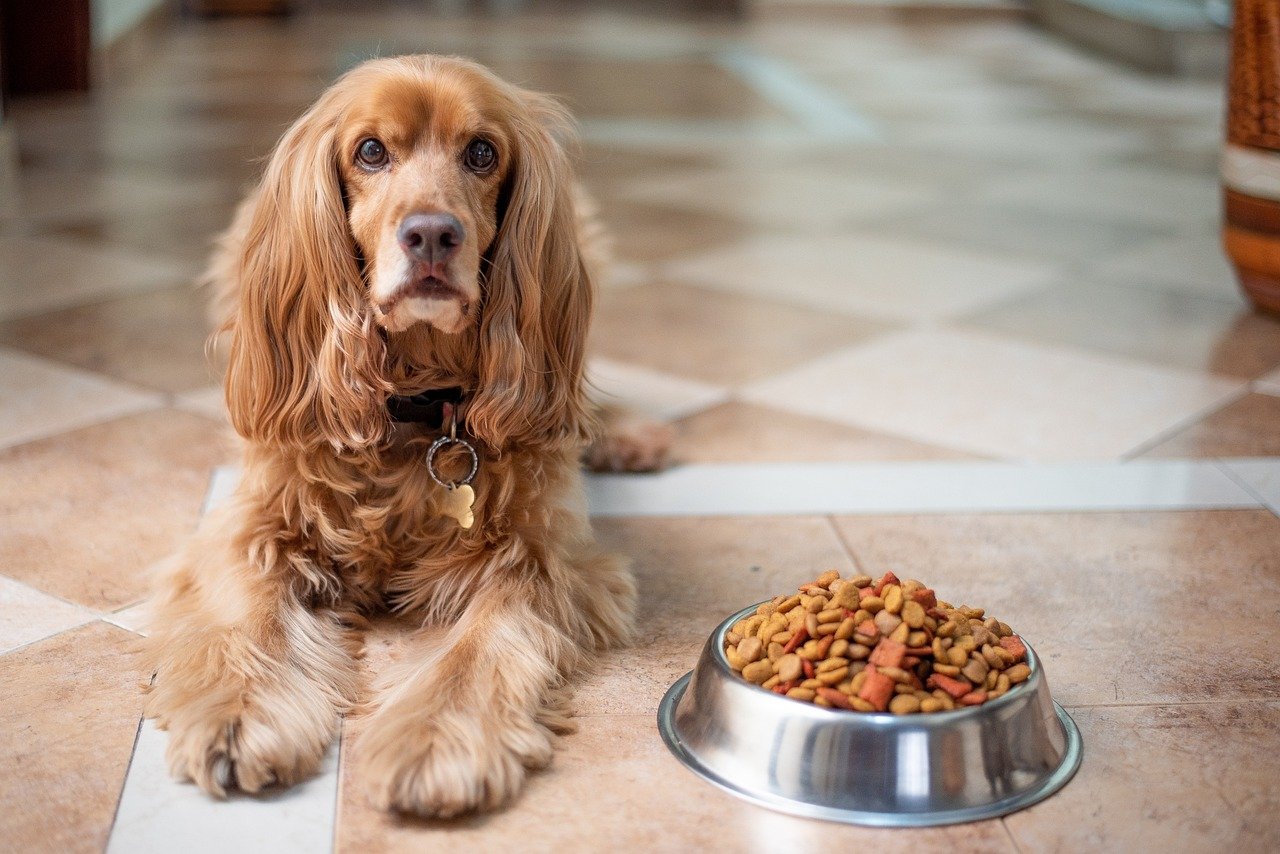Have you ever wondered if your furry friend is trying to tell you something? Dogs, like humans, can experience anxiety, and they often communicate these feelings in subtle ways. Recognizing these signs can be crucial for their well-being. Understanding your dog’s anxiety is like deciphering a secret language, one that can strengthen the bond between you and your pet. Let’s dive into the fascinating ways dogs express anxiety and how you can be their hero in times of need.
Excessive Barking or Whining
One of the most common signs of anxiety in dogs is excessive barking or whining. Imagine a child trying to get your attention by calling out repeatedly; that’s what your dog is doing when they bark excessively. This behavior often occurs when they are left alone or are in an unfamiliar environment. It’s their way of communicating discomfort or fear. While some barking is normal, a sudden increase can be a clear indicator of anxiety. If you’ve noticed your dog barking more than usual, it might be time to pay attention to what they’re trying to say.
Destructive Behavior
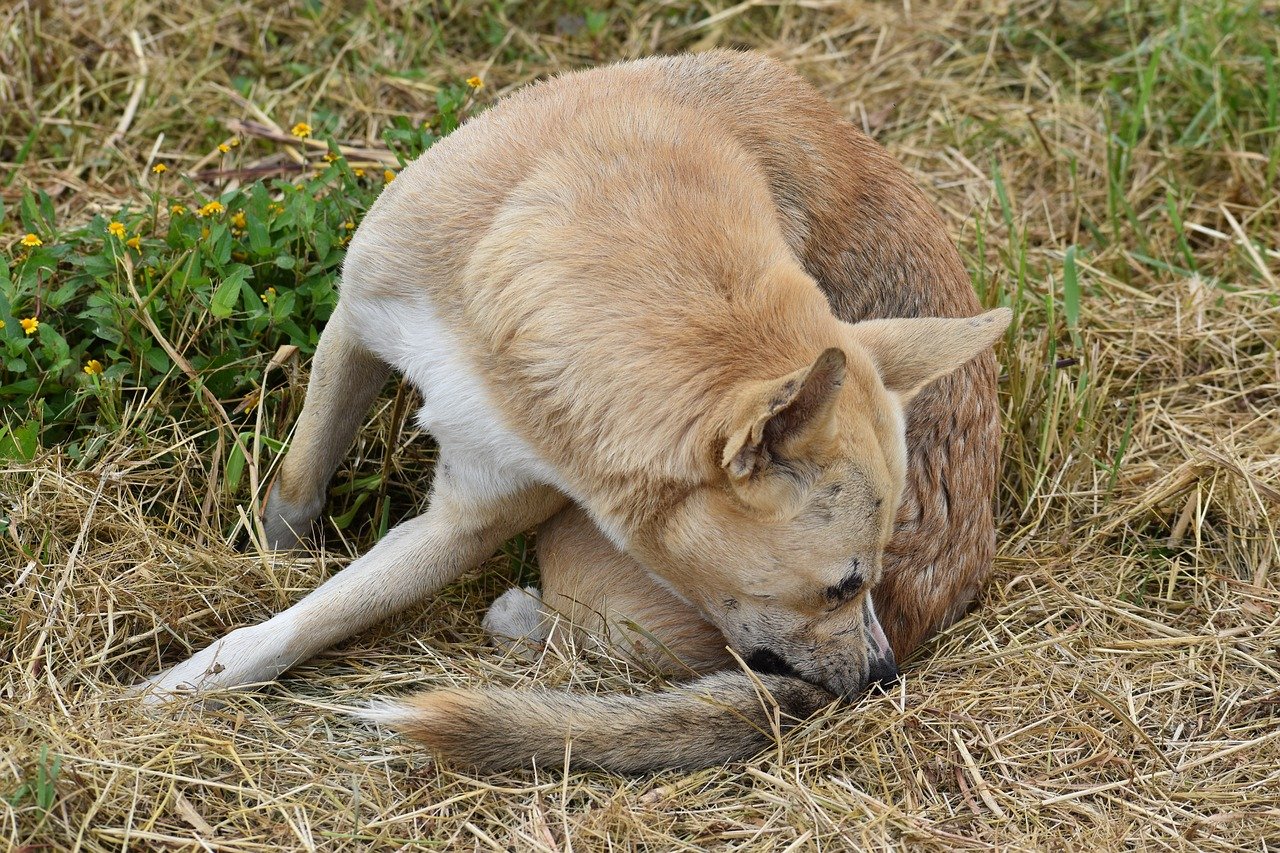
Have you ever come home to find your favorite shoes chewed up or the couch cushions shredded? Destructive behavior is another way dogs express anxiety. This is similar to how some people bite their nails when they’re nervous. Dogs might chew, dig, or scratch more than usual when they’re feeling anxious. This behavior is not just a nuisance; it’s a cry for help. By identifying the triggers and providing appropriate outlets for their energy, you can help your dog feel more secure.
Pacing and Restlessness
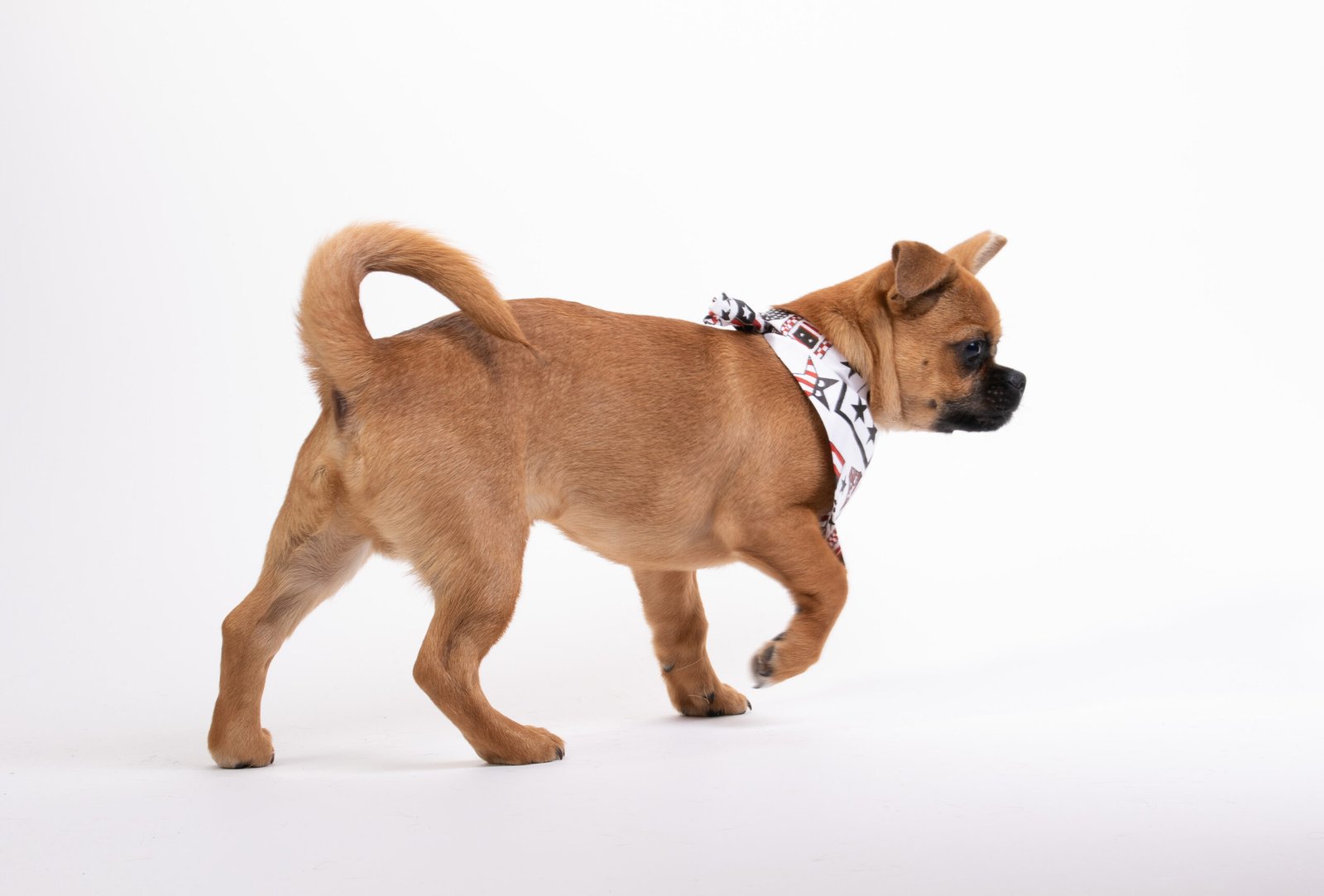
Pacing back and forth is a classic sign of anxiety, even in humans. For dogs, this restless behavior often indicates that something is bothering them. They might circle the room or move from one spot to another without settling down. This is their way of coping with stress, much like how someone might tap their foot when anxious. Observing your dog’s pacing can provide valuable insights into their emotional state. Helping them feel safe and secure can alleviate this restless behavior.
Excessive Licking or Chewing
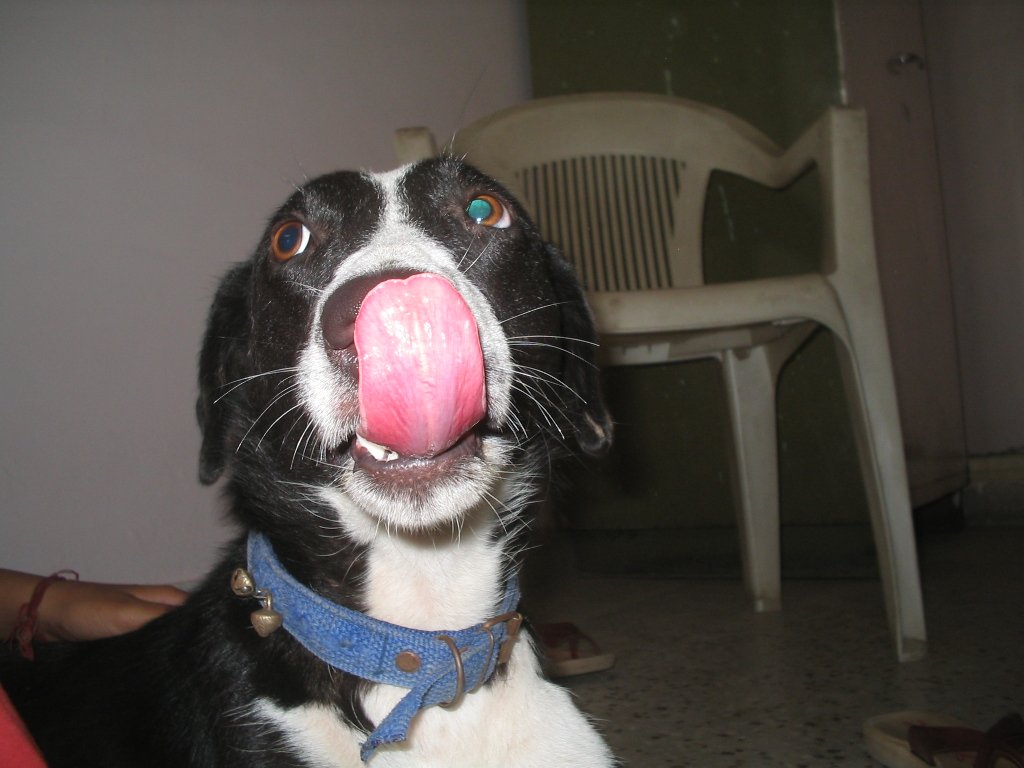
Dogs often lick or chew their paws as a way to soothe themselves when anxious. It’s akin to how some people might twirl their hair or tap their fingers when feeling stressed. While grooming is a natural behavior, excessive licking or chewing can lead to skin irritation or infections. If you notice your dog engaging in this behavior more frequently, it might be time to investigate potential stressors in their environment. Providing distractions or comforting them can help reduce this anxious habit.
Changes in Appetite
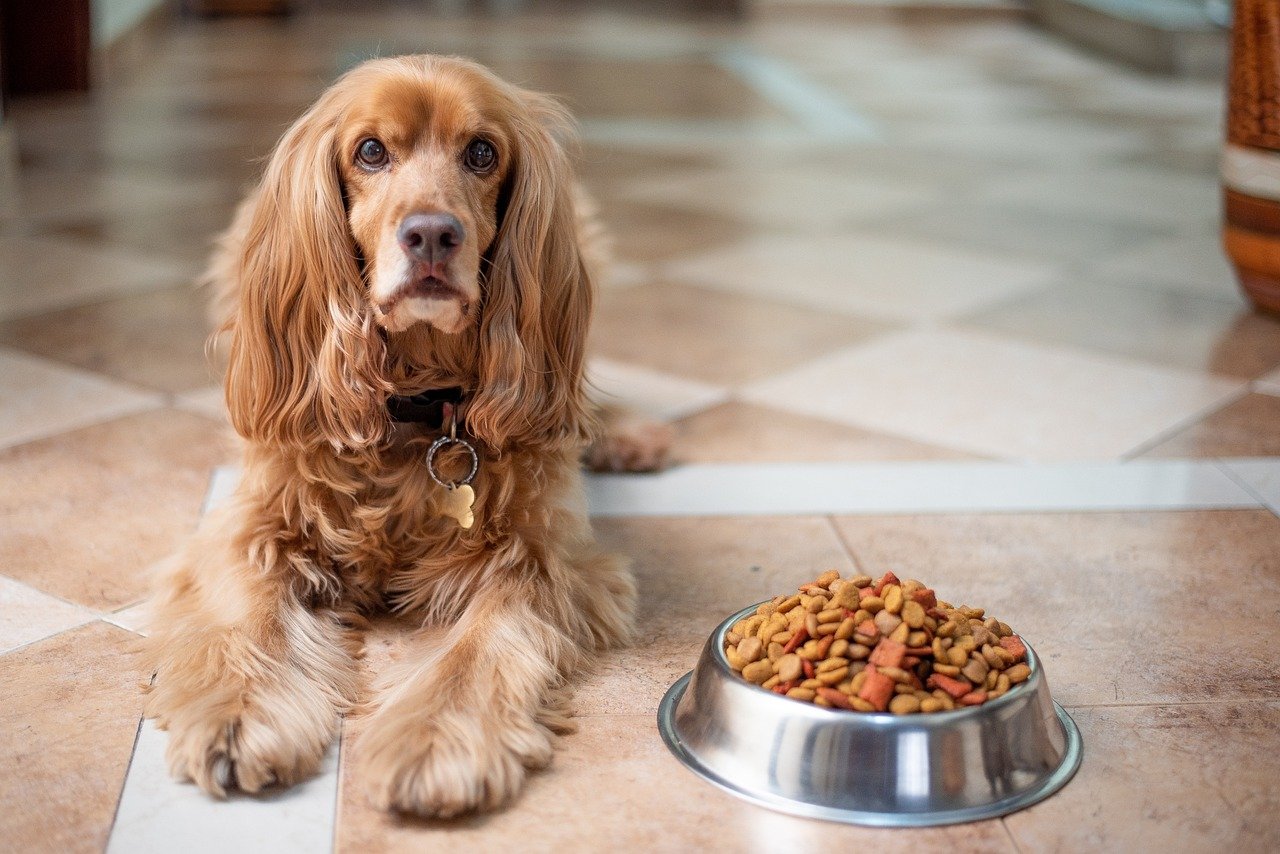
Just like humans, dogs can experience changes in appetite when anxious. Some dogs might refuse to eat, while others may overeat. This change can be a sign that your dog is feeling stressed or uncomfortable. Imagine losing your appetite before a big presentation; your dog might feel the same way in certain situations. Monitoring their eating habits and consulting with a veterinarian can help address any underlying issues. Providing a calm and stable environment can also encourage regular eating habits.
Shaking or Trembling
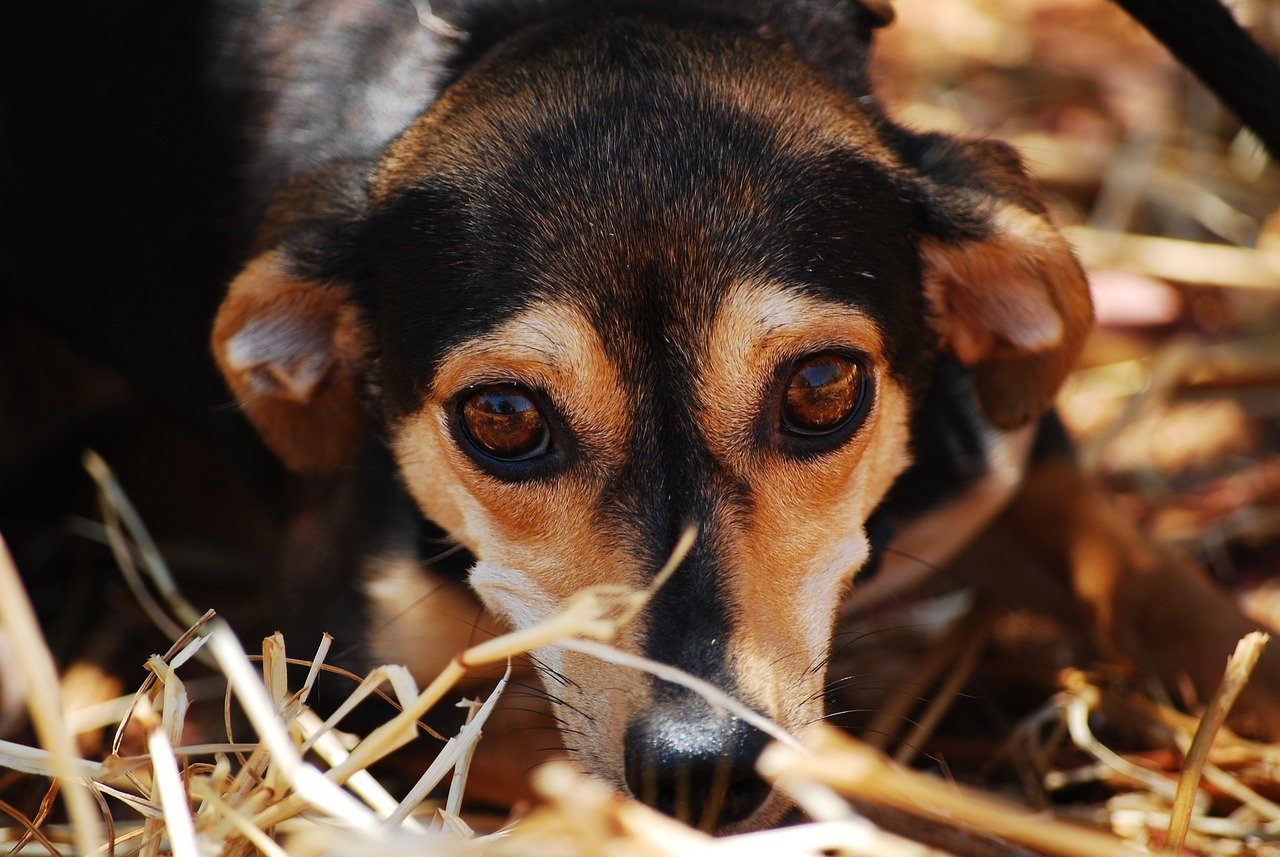
Shaking or trembling is a physical manifestation of anxiety in dogs. This behavior is similar to how someone might shiver when they’re nervous or cold. Dogs might tremble during thunderstorms, fireworks, or when they’re in a new environment. It’s their body’s way of responding to stress. If your dog is shaking more than usual, it’s essential to provide comfort and reassurance. Creating a safe space where they can retreat during stressful times can help alleviate their anxiety.
Hiding or Seeking Comfort
When dogs feel anxious, they might hide or seek comfort from their owners. This behavior is similar to how a child might run to their parents when scared. Dogs might retreat to a quiet corner or try to snuggle up to you for reassurance. Recognizing this behavior is crucial, as it indicates that your dog is looking for safety and comfort. By providing a calm and comforting presence, you can help your dog feel more secure and less anxious.
Excessive Drooling or Panting

Excessive drooling or panting can be a sign of anxiety in dogs. It’s like how someone might sweat when they’re nervous. Dogs might pant more than usual when they’re stressed, even in a cool environment. This behavior is their body’s way of coping with anxiety. If you notice your dog drooling or panting excessively, it’s essential to identify potential stressors and provide a calming environment. Ensuring they have access to water and a comfortable space can help ease their anxiety.
Aggression or Irritability

Sometimes, anxiety in dogs can manifest as aggression or irritability. This behavior is similar to how someone might snap when they’re feeling overwhelmed. Dogs might growl, bark, or even bite when they’re anxious. It’s essential to approach this behavior with understanding and patience. Identifying the triggers and providing training or professional help can address this issue. By creating a safe and supportive environment, you can help your dog feel more at ease.
Changes in Sleep Patterns

Anxiety can also affect a dog’s sleep patterns. They might have trouble falling asleep or wake up frequently during the night. This is similar to how humans might experience insomnia when stressed. Changes in sleep patterns can indicate that your dog is feeling anxious or uncomfortable. Providing a comfortable and quiet sleeping area can help improve their rest. Monitoring their sleep habits and consulting with a veterinarian can also provide insights into their emotional well-being.
Understanding the ways dogs express anxiety is crucial for their well-being. By recognizing these signs and providing appropriate support, you can help your furry friend feel more secure and loved. Remember, your dog looks to you for comfort and reassurance. Are you ready to be their hero and help them navigate their anxieties?

Linnea is a born and bred Swede but spends as much time as possible in Cape Town, South Africa. This is mainly due to Cape Town’s extraordinary scenery, wildlife, and atmosphere (in other words, because Cape Town is heaven on earth.) That being said, Sweden’s majestic forests forever hold a special place in her heart. Linnea spends as much time as she can close to the ocean collecting sea shells or in the park admiring puppies.

